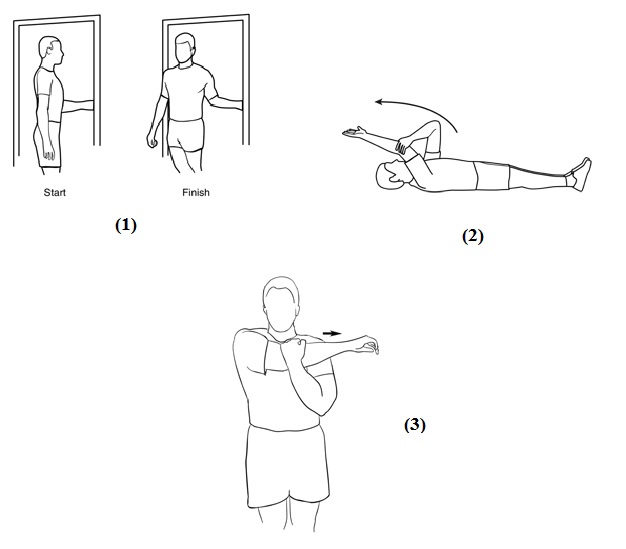Once the condition is diagnosed, you can choose a frozen shoulder treatment measure based on the path you want to pursue, either surgical or non surgical. After the frozen shoulder symptoms are detected, the health care provider will carry out a diagnosis and examine your shoulder.
X-rays of the shoulder will be taken to rule out other problems, such as arthritis. In some cases, an MRI exam may show inflammation, but there are no specific signs to diagnose frozen shoulder.
The Two Frozen Shoulder Treatment Options
Though frozen shoulder does resolve on its own in the due course of time, natural recovery might take longer and may not be complete. Therefore prompt frozen shoulder treatment should be carried out in order to control the pain and restore movement and strength to the region.
Frozen Shoulder Treatment: Non Surgical Treatment
Physiotherapy and certain help in reducing pain and restoring movement in about 90% of the patients.
Medicines: Non-steroidal anti-inflammatory drugs like aspirin and ibuprofen help decrease the pain and swelling.
Steroid Injections: Hydrocortisone injection, when given directly into the shoulder joint, helps in reducing the inflammation.
Physical Therapy: Diligent physical therapy is often essential for recovery and can include heating modalities, ultrasound, electric stimulation, gentle progressive range-of-motion exercises, stretching, ice packs, and eventually strengthening exercises.
This type of frozen shoulder treatment can take weeks or even months to work, depending on the severity of the scarring of the tissues around the shoulder. Under physical therapy, specific exercises will help restore motion, and the ones that are recommended by physiotherapists are:
- Lateral Rotation: Try to move your affected forearm about 90 degrees to touch the doorjamb while standing in a doorway. Now rotate your body without moving your hand. Hold this position for 30 seconds and relax. Repeat the same routine 10 times.
- Elevation: Lie down on your back, and elevate your affected hand with the help of other hand so that you are feeling a slight stretch. Hold this position for a few minutes and bring your hands down. Repeat this step ten times.
- Adduction: Stand in a relaxed posture and then, with the help of your normal hand, move your affected hand across the chest until you feel a gentle stretch. Relax and repeat this step another 10 times.

These exercises are sure to help in bringing down the pain.
Frozen Shoulder Treatment: Surgical Treatment
Patients with resistant frozen shoulder are normally considered for surgical treatment. In this process, the scar tissue is released by arthroscopic surgery, under anesthesia. Hydrodilation or distension arthrography is another controversial treatment measure that’s prescribed for this condition.
Treatment with physiotherapy and NSAIDs will usually return the motion and function of the shoulder within a year. Even if left untreated, the frozen shoulder can get better naturally in 24 months.
Even if a frozen shoulder treatment measure like surgical intervention restores motion, you must continue performing the exercises to prevent recurrence.